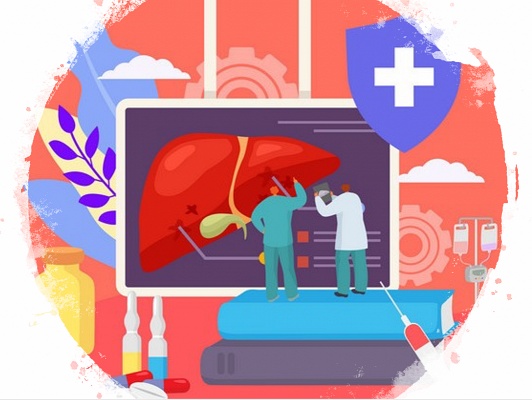In 2016, our Polaris Observatory collaborated with the Uzbekistan Ministry of Health and national stakeholders to analyze HBV and HCV disease burden and economic impact, and to develop national strategies to achieve elimination.
Uzbekistan has a population of 30 million, with an estimated 2.5 million (8.3%) persons living with HBV infection (HBsAg positive), of whom only 10% have been diagnosed and only 0.5% have been treated as of 2016.
Similarly, an estimated 1.3 million (4.3%) persons are living with HCV infection (RNA positive) of whom only 5% were diagnosed and only 2% were treated as of 2016.

Elimination Costs & UHEP Financials
Reducing Costs and Eliminating Funding Barriers

In 2017, the president of Uzbekistan issued a decree to eliminate HBV and HCV in the country in order to meet the World Health Organization (WHO) 2030 hepatitis elimination targets. Our economic analyses estimate that meeting these targets would cost Uzbekistan $1.3–1.7 billion over 10 years. The low end is based on public healthcare system costs and the high end is based on private healthcare system costs.

If we were to implement simplified test & treat strategies while purchase diagnostics and medicines at current market prices, we could reduce elimination costs to approximately $1B. However, by utilizing the cost reductions strategies of UHEP we can further reduce national elimination costs to an estimated $522 million.
And by utilizing catalytic funding and patient co-payments, only $27 million in upfront capital is required to finance the program and it is repaid at program conclusion.

In order to test these concepts and demonstrate viability of a scalable, sustainable funding mechanism, we initiated the UHEP pilot program in Tashkent starting December 6, 2019. UHEP will run for 12 months with the objective of screening 250,000 people, and treating an estimated 17,000 HBV patients and an estimated 7,000 HCV patients.
The total budget for UHEP is estimated to be $3.2M dollars and is funded with an upfront catalytic investment of only $1.6M. If successful, the $1.6M investment is repaid by program proceeds at the conclusion of the program.
Full details of the national elimination costs, UHEP assumptions and financials can be downloaded here.

